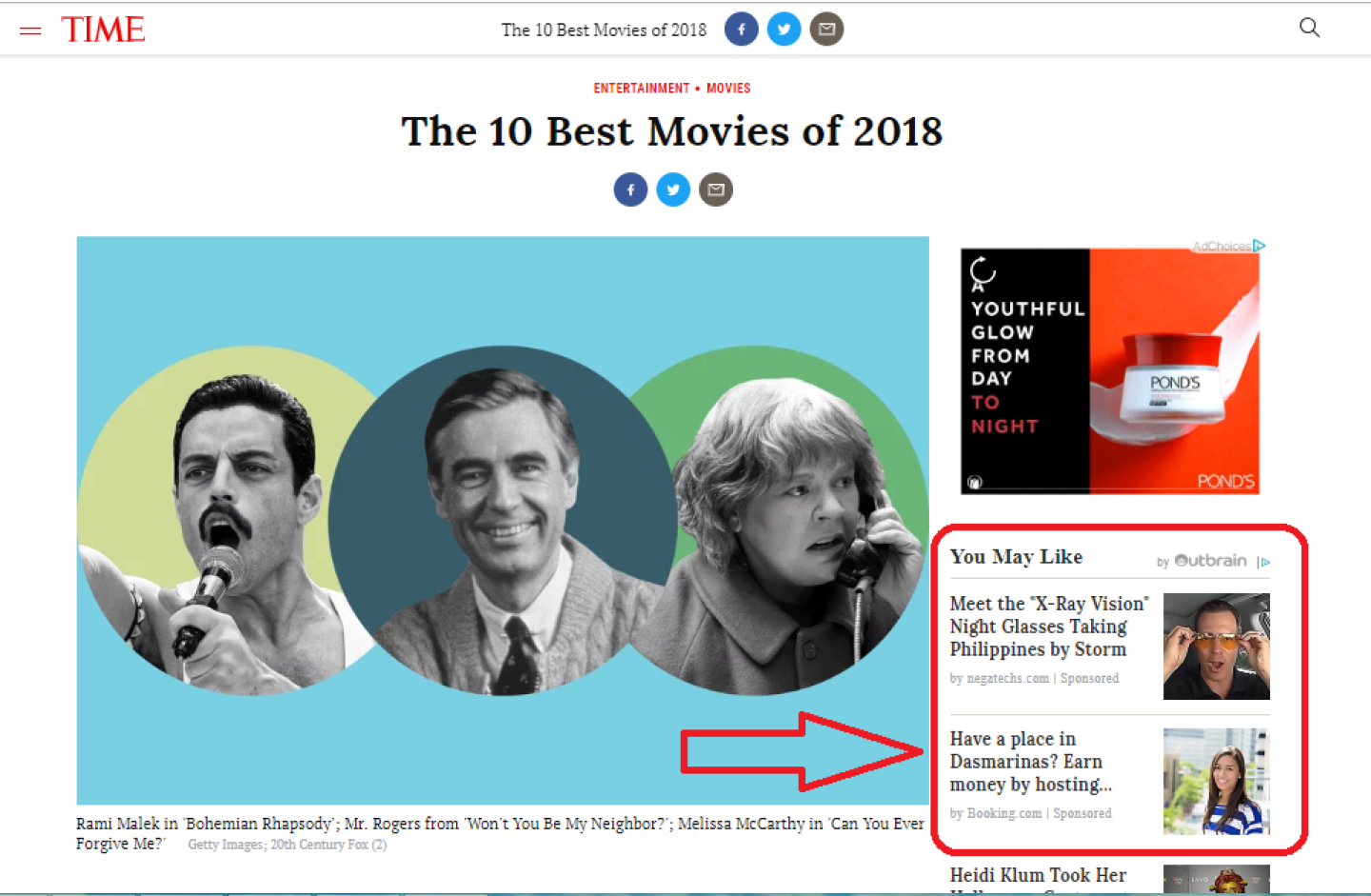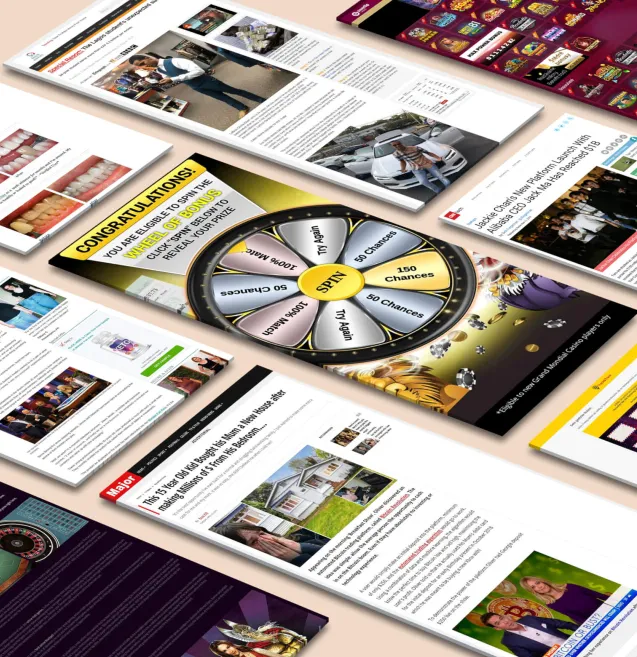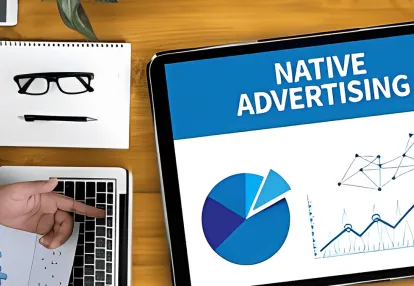
Our spy tools monitor millions of native ads from over 60+ countries and thousands of publishers.
Get StartedNative advertising and content marketing—you have probably heard both terms before or read them somewhere. These two terms have been popular in the internet world especially when it comes to promoting one’s products or services, but are sometimes erroneously interchanged. How are they different from each other?
If you are thinking of promoting your content and would like to eventually get conversions, you need to understand the difference between native advertising and content marketing in order to execute them properly.
Let’s dive in.
If you’ve ever visited a news website or read a celebrity article before, chances are you have encountered native advertising. What’s great about it is you don’t actually realize you are being advertised to. That’s how seamless native advertising can be integrated to a publisher’s website.
The goal of native advertising is to invite more long-term readers or subscribers through short-term advertising techniques. You will recognize them as ads that have the following characteristics or elements:
Native ads are often subtly embedded in articles or relevant websites that they barely or don’t get noticed as ads. They are so carefully embedded that they blend right in. Readers or users sometimes don’t notice that they have already clicked or engaged on the ad, until they have read through or until they get redirected to the page being promoted (or sometimes they don't realize it at all). The goal is that users who get there will continue to read on and become regular readers.
These are catchy one-liner headers or phrases, header images, or banner images that are shown as relevant content to be read next. These are usually introduced as “something you might be interested in”.
Since these ads are paid, they are also short-term and time-bound. For example, a sponsored ad may run for one month, targeting specific readers or audience, which you can set or define.
There is a specific goal to the the native ad. It can be more readers, more subscribers, or more viewers. Having this goal requires the ad to be focused and directed toward achieving this goal. Using this approach builds trust and drives conversions.
This is basically how you’ll know it’s an ad. Content distributors are getting more and more creative in making these words as subtle as they can that the audience hardly notices them.
The most popular content discovery platforms that offer native advertising are Taboola, Outbrain and Yahoo Gemini. As the name itself implies, native advertising is a form of advertisement, which means you have to pay in order to have your ad shown in publisher websites.
Meanwhile, content marketing is something that is executed following a long-term timeline, and is therefore more nurturing. It is a mindset or discipline that is based on behaviors. A business owner or a digital marketer must take time to understand who his or her users are and create a big content marketing plan based on it.
Like native advertising, content marketing is also used to share important information about the product and increase brand awareness, but on a broader perspective. Here are the characteristics that set content marketing apart from native advertising:
Content marketing is not just a single instance, post, or image, but a combination of different marketing strategies such as maintaining a blog, promotion via videos, doing social marketing, and more. Content marketing is also a mix of paid and free marketing techniques, and can even include native advertising in its overall strategies.
Since marketing is done mostly within the business site, any content, image, or video is owned by the business. They can use these assets as they see fit to promote their content.
They can still be time-bound like native advertising, but the time involved is usually long such as an entire year. A content marketing strategy can include native assets such as product or how-to videos, blogs, whitepapers, and newsletters.
The overall goal of content marketing is leads, and then sales.

In conclusion, native advertising is just one way to promote content, and can therefore be part of the overall content marketing. Because they have different purposes and require different methods, they could definitely complement each other. Understanding each of these methods allows business owners to properly plan and leverage them accordingly.
Receive top converting landing pages in your inbox every week from us.
Case Study
TikTok has emerged as a powerful advertising platform for e-commerce businesses looking to drive sales and grow their customer base. This case study from Peru demonstrates the immense potential TikTok holds for e-commerce businesses.
Kulwant Nagi
7 minJul 14, 2024
Featured
Jairene Cruz
7 minApr 25, 2024
Must Read
In the realm of digital marketing, native advertising has emerged as a potent tool for connecting with target audiences. The stakes are high in this game of digital persuasion. Understanding common pitfalls is key to navigating the landscape successfully.
Marcus Chen
7 minFeb 22, 2024



